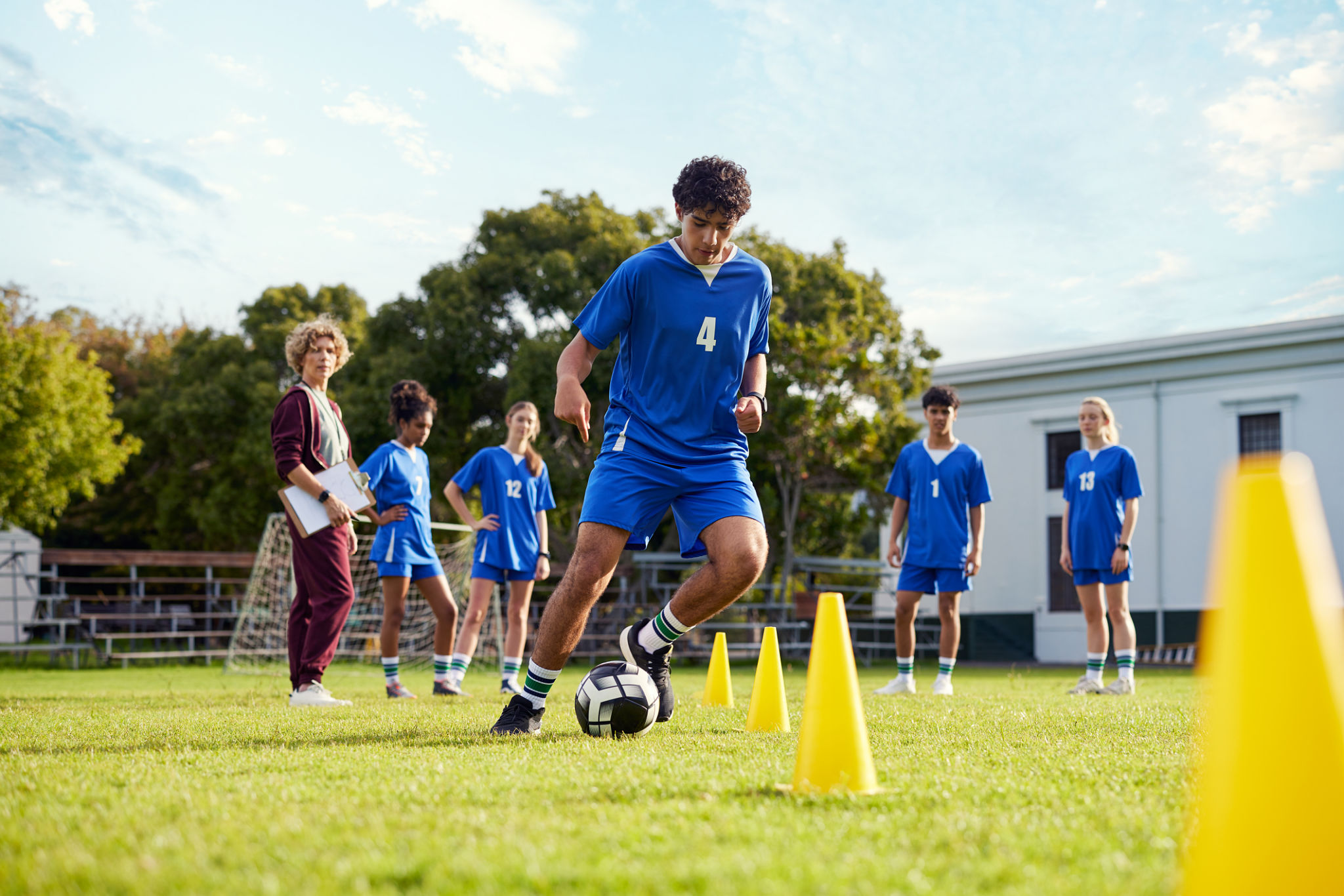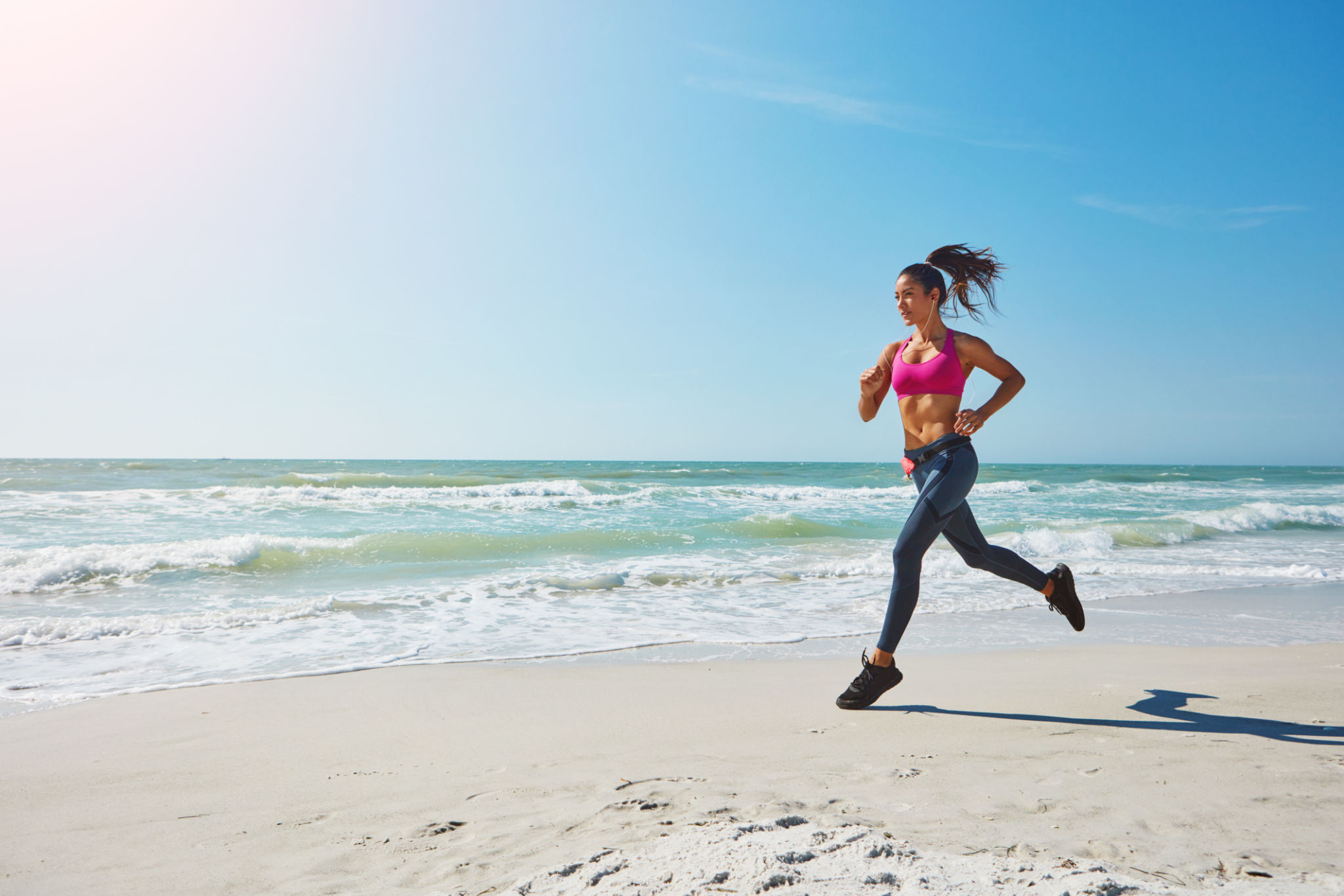Seasonal Training Tips for Finnish Athletes: Maximizing Performance Year-Round
For Finnish athletes, understanding the unique demands of each season is crucial for maintaining peak performance. The changing climate from cold winters to mild summers requires tailored training strategies. Here, we explore effective seasonal training tips to help athletes in Finland maximize their performance year-round.

Winter: Embrace the Cold
Winter in Finland can be harsh, but embracing the cold can offer significant training benefits. Incorporating outdoor activities such as cross-country skiing and snowshoeing not only enhances cardiovascular endurance but also builds mental resilience. These activities are excellent for diversifying training routines and strengthening muscles not typically targeted in other sports.
Indoor training also plays a crucial role during winter. Using facilities for strength training and indoor track sessions helps maintain fitness levels while avoiding the risks associated with extreme cold. Remember to focus on maintaining flexibility and balance through yoga or pilates to prevent injuries.
Nutrition and Hydration
Nutrition is vital, especially during the colder months. Athletes should focus on consuming a balanced diet rich in healthy fats, proteins, and carbohydrates to fuel their bodies. Hydration is equally important, as cold weather can often mask the sensation of thirst. Ensure a steady intake of water and electrolytes to stay hydrated.

Spring: Transition and Adaptation
As the snow melts and temperatures rise, spring is an ideal time for athletes to transition from winter sports to their main training regimes. Gradually increasing the intensity and duration of workouts helps the body adapt to warmer conditions and prevents burnout.
Incorporating agility and speed drills can enhance performance as you move towards more dynamic activities. This is also a great time to reassess goals and adjust training plans to align with upcoming competitions.
Focus on Recovery
Spring is a period of adaptation, making recovery crucial. Implementing active recovery techniques such as light jogging, swimming, or cycling can aid in muscle recovery and prevent fatigue. Prioritize sleep and relaxation to ensure the body is ready for more intense summer training.

Summer: Peak Performance
Summer presents the opportunity to take training to its peak. With longer days and warmer weather, athletes can enjoy extended outdoor sessions. Focus on optimizing strength, speed, and endurance through various sports and specialized training programs.
Joining training camps or participating in competitions can provide valuable experience and motivation. It’s essential to monitor intensity levels closely to avoid overtraining and ensure consistent progress.
Stay Cool and Protected
Ensure proper sun protection by wearing sunscreen and protective clothing during outdoor sessions. Staying hydrated is vital, so carry water or sports drinks to replace fluids lost through sweat. Consider training during cooler parts of the day to maintain optimal performance.

Autumn: Prepare for Transition
Autumn is a transitional period where athletes should focus on evaluating the year’s performance and setting new goals. Reflecting on achievements and areas for improvement can inform the upcoming training cycle.
This season is perfect for honing skills and building a strong foundation for the next competitive year. Incorporate a mix of strength, endurance, and flexibility exercises to maintain well-rounded fitness.
Mental Preparation
Mental resilience is as crucial as physical fitness. Autumn offers a chance to work on mental strategies, such as visualization and goal-setting, to enhance focus and determination. Consider engaging with sports psychologists or coaches to refine these skills.
By understanding and adapting to Finland's seasonal changes, athletes can maintain a competitive edge throughout the year. Whether embracing winter's chill or capitalizing on summer's warmth, these tips can help Finnish athletes achieve peak performance in any season.
